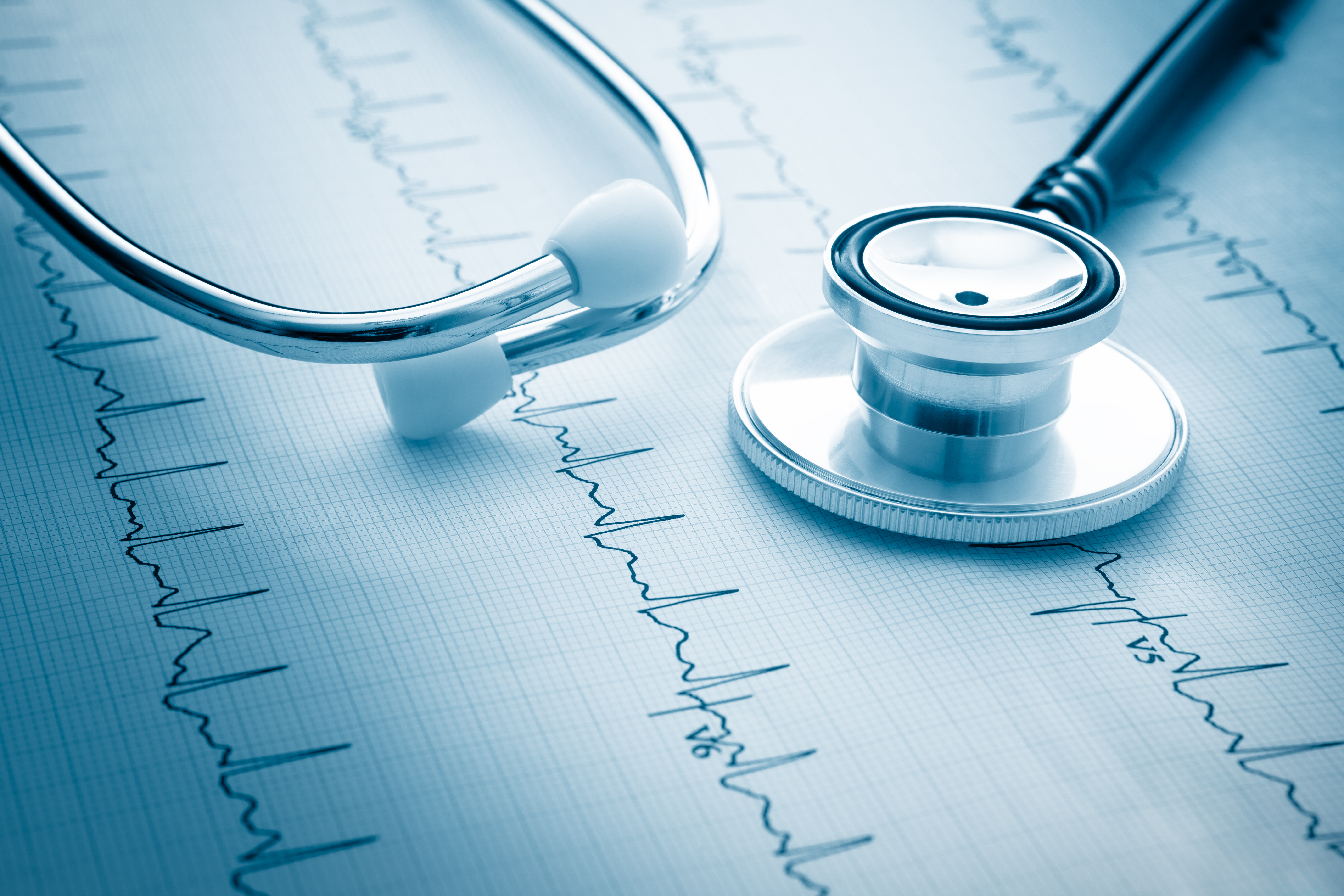Symptoms and diagnosis of NETs

Symptoms of NETs
A neuroendocrine tumour often causes no symptoms in its early stages. In fact, many patients do not develop symptoms for a long time.
This means some NETs are hard to find until they have grown or spread to another part of the body such as the liver or bones.
Some of the symptoms of NETs can make them seem like other diseases, which can also make them harder to diagnose early on. If you have symptoms they can be caused by the tumour itself or by the hormones it produces.

NETs are rare, and symptoms can be caused by other conditions, but it’s important to go to the GP and get any unusual changes checked.
Symptoms of a tumour in the digestive system (gastrointestinal / GI NET)
GI NETs start in organs in the gastrointestinal (GI) system. This includes the small bowel (small intestine), back passage (rectum), stomach, colon, oesophagus and appendix. GI NETs are a common type of NET. Most GI NETs grow slowly. Symptoms include:
- Diarrhoea
- Constipation
- Nausea
- Vomiting
- Bleeding from the rectum
- Fatigue
- Weight loss
- Tummy pains
- Blockage in the intestine
Carcinoid syndrome is a group of symptoms caused by a NET releasing large amounts of a hormone-like substance called serotonin or other chemicals into the blood.
Most patients with a NET do not have carcinoid syndrome. It is most common with small bowel NETs but it can happen with other types of NETs. The signs or symptoms of carcinoid syndrome include:
- Flushing (hot and reddened) skin, mainly in the face and upper chest area
- Diarrhoea
- Breathing difficulties, wheezing
- Fast or irregular heartbeat
- Low blood pressure
- Heart damage (carcinoid heart disease)
Carcinoid crisis is a severe case of carcinoid syndrome symptoms such as flushing, low blood pressure, breathing difficulties and palpitations. Having a general anaesthetic, surgery or other treatments can trigger a carcinoid crisis. Carcinoid crisis is serious and may be life-threatening. Your medical team will take extra precautions to avoid this if you are having treatment. A drug called octreotide (Sandostatin) can be given to treat and reduce the risk of carcinoid crisis.
Carry the card
Click here for a carcinoid crisis card that you can print and carry with you to let doctors and other people know you’re a NET patient who may need Octreotide infusions in urgent or emergency circumstances.
Symptoms of a lung NET
- Coughing up blood
- Wheezing
- A persistent cough
- Difficulty breathing
- Pneumonia
- Fatigue (extreme tiredness)
Symptoms of lung and pancreatic NETs
Lung and pancreatic NETs can cause too much of the hormone cortisol to be produced. This can cause a collection of symptoms called Cushing syndrome.This is rare and causes symptoms such as:
- Weight gain – including between the shoulders, around your middle and above the collar bone
- A round, red face (moon face)
- Pink or purple stretch-mark like lines on the skin
- Muscle weakness
- Increased hair on the face and body
- High blood pressure
- High blood sugar levels
- Changes in mood and behaviour changes, e.g. depression, anxiety and irritability
Symptoms of pancreatic neuroendocrine tumours (pNETs)
- Sweating, shaking, dizziness, heart palpitations, hunger and forgetfulness and confusion (caused by low blood sugar levels - hypoglycaemia)
- Extreme thirst, needing to urinate a lot, diarrhoea and greasy bowel movements (caused by high blood sugar levels - hyperglycaemia)
- Heartburn, indigestion and pain in the chest or tummy (caused by stomach ulcers)
- Weight loss
- Rashes
- Yellowing of the skin and the whites of the eyes (jaundice)
- Blood clots
- Cushing syndrome – see above
The symptoms depend mainly on the type of hormone released by the tumour.
Some types of NETs of the pancreas or small intestine (gastrinoma) may cause a set of symptoms called Zollinger-Ellison syndrome. The symptoms include:
- Severe diarrhoea
- Tummy pain
- Heartburn
- Nausea and vomiting, sometimes vomiting blood
- Weight loss
Can I be screened for neuroendocrine tumours?
Testing for cancer when you have no symptoms is called screening. There is no national screening programme in Ireland for NETs at present because the condition is very rare. If you are concerned about cancer, talk to your GP.
Diagnosing neuroendocrine tumours
Your family doctor (GP) will talk to you about your symptoms. Your GP will refer you to hospital if they think you need more tests. Tests you might have include:
- Chest X-ray: An X-ray of your chest can tell if there is anything abnormal about your lungs.
- Blood tests: Doctors will take a sample of blood and check it for certain chemicals and hormones that might suggest you have a NET. These substances are called NET markers. Examples are chromogranin A and B, pancreatic polypeptides, insulin and gastrin. If the results of this test suggest the presence of a NET, you will have other tests, e.g. scans. The blood tests can also check how well your kidneys and liver are functioning.
- Urine tests: A urine test is done to detect the levels of a substance called 5-HIAA. A higher-than-normal level of 5-HIAA may indicate a NET, although further tests are required to confirm the diagnosis. Your nurse will give you specific instructions to follow before collecting this urine sample.
- Ultrasound scan: Ultrasound scans use sound waves to build up a picture of the inside of the body.
- OctreoScan: This scan uses an injection of a drug called octreotide, which is similar to the hormone somatostatin. Many NET cells have strong receptors for somastostatin and will bind to the octreotide. The octreotide is attached to a radioactive substance which shows up the cells it binds to on a scan. In most cases this scan can show your doctors if there are any NET cells in your body and where they are.
For more information
Phone
1800 200 700


